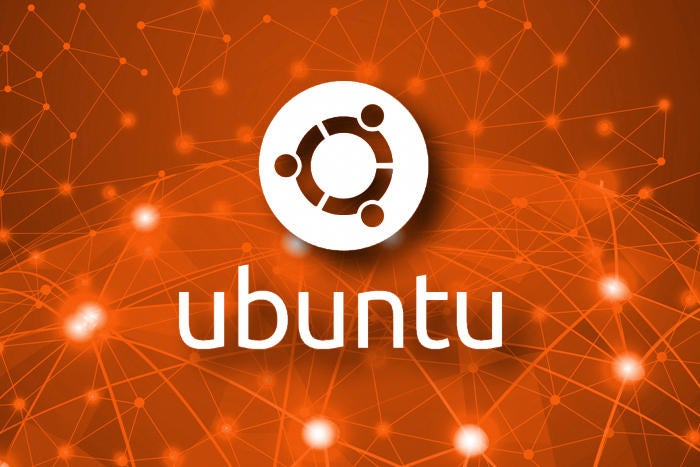Canonical’s Ubuntu distribution for Linux has earned a reputation for being user-friendly, with editions aimed at desktop, server, cloud, and IoT users. This changelog tracks updates to Ubuntu across its release cycle, including its LTS (long term support) releases.
Canonical produces new Ubuntu releases every six months and supports them with free security updates and bug fixes for at least nine months. New LTS releases arrive every two years and are supported for five years.
Where to download Ubuntu Linux
Canonical maintains a download site for all flavors of Ubuntu Linux—desktop edition, server edition, cloud (essentially an OpenStack distribution), and the IoT edition. Canonical also maintains a number of “flavors” of Ubuntu, built with different desktop environments or mixes of software for specific needs.
What’s new in Ubuntu 18.10 “Cosmic Cuttlefish”
The latest version of Ubuntu Linux, Ubuntu 18.10 (codenamed “Cosmic Cuttlefish”) has the following major changes:
- The Linux 4.18 kernel, OpenSSL 1.1.1, and Gnome 3.30 desktop are the new defaults.
- The toolchain includes updates to glibc (2.28), GCC (8.2), Python (3.6.7), Ruby (2.5.1), PHP (7.2.10), Perl (5.26.2), the Go language (1.10.4), and Rust (1.28).
- Ubuntu Server 18.10 bundles the latest edition of Kubernetes, Kubernetes 1.12, as well as OpenStack Rocky, the latest release version of OpenStack.
- Ubuntu continues to emphasize the use of its Snap application packaging technology. Some 4,000 Snap-packaged applications are available in the Snapcraft store. Snap-packaged apps can also be used in Google, AWS, and Microsoft Azure cloud environments.
- Better hardware support for gaming-level graphics subsystems.
- PCs can be unlocked with a fingerprint on systems with supporting hardware.
What’s new in Ubuntu 18.04 LTS “Bionic Beaver”
- Ubuntu has famously abandoned its home-grown Unity desktop environment and switched back to the widely used Gnome desktop. Unity is still available as an add-on, but Gnome will be the default desktop going forward.
- Ubuntu Desktop users now have a minimalist install option, which installs only a rudimentary desktop environment, a web browser, and a few core system utilities. “Many official 18.04 desktop flavors are using this new feature too,” Canonical says in its release notes for 18.04.
- Those installing Ubuntu Server can now use the “Subiquity” installer, a more user-friendly and GUI-powered way to install Ubuntu Server. Note that certain features—specifically, “LVM, RAID, multipath, VLANs, bonds, or the ability to re-using existing partitions”—can still be accessed only by using the alternate installer.
- Updates to the software stack for Ubuntu in this release include LXD 3.0, QEMU 2.11.1, Nginx 1.14.0, PHP 7.2.x, Apache 2.4.29 with HTTP/2 support, and the “Queens” release of OpenStack.
Among the key changes to Ubuntu since the last LTS release:
- Python 2 will no longer be installed by default in the system. The default Python available in Ubuntu 18.04 is Python 3.6, and the last crucial pieces of native software (mainly, the landscape-client package for deploying Ubuntu servers) has been ported to Python 3.
- 32-bit installer images will no longer be provided for Ubuntu Desktop. Nothing prevents third parties from building their own 32-bit editions of Ubuntu, but Canonical will not be providing those images from now on.






